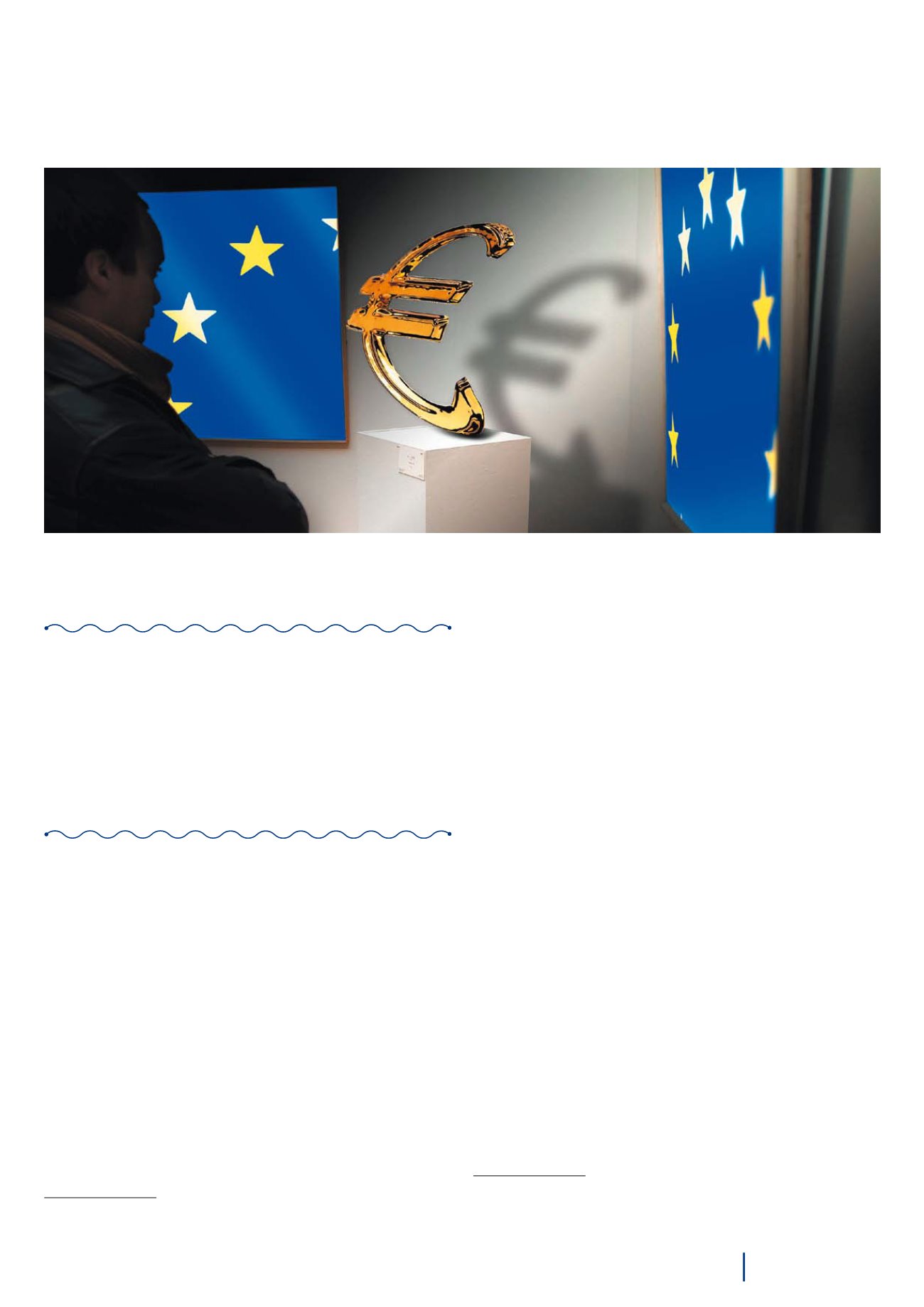

Cross-border
economic
development
75
Cross-cutting themes in cross-border economic development
Enabling SMEs to benefit more substantially from these
programmes, which are currently much more widely used by public
bodies, is one of the main challenges of the new programme period.
The Horizon 2020 Programme (for research and innovation) has set the
objective of raising the rate of SMEs’ participation to 20%. Designed for
the public sector, the programmes and their administrative functioning
(development of work programmes, project application process, six-
year timeframe, etc.) are ill-suited to serving businesses’ need to act
quickly, and to responding to their concrete and immediate requirements.
Processing times for applications and granting of co-financing, as
well as the repayment periods, are deterrents to SMEs, which prefer
not to embark on processes with uncertain timeframes. They instead
turn to other support mechanisms perceived as being better suited
to real business conditions (aid provided by territorial authorities,
etc.
112
).
112
The aides-entreprises.fr website makes it possible for companies to instantly find aid available
to businesses, according to their project, its location in the territory and its profile.
Businesses are just as under-represented in the various steering,
monitoring and selection committees and working groups that contribute
to the programmes: a situation that appears to contradict the increasing
economic focus of the new programme period. It therefore appears to be
necessary to reorient the general operational rationale of programmes
and of businesses’ place within their governance in order to make
European territorial cooperation accessible to the main players in the
economic development of cross-border territories.
To this end, the Commission recommends the increased use of
financial instruments as a way of making structural funds available
to SMEs.
113
These instruments, which currently make up 5%
114
of total resources
of the ERDF, should make it possible to move away from the “subsidy
culture” and improve the quality of programmes by adding a condition
for repayment of investments or limiting co-financing rates. Projects
must prove their value (generate income or savings) and strive towards
improving their economic and financial performance in order to be
of real benefit to their beneficiaries. This change in rationale aims to
make the programmes attractive to the private sector and financial
intermediaries and thereby enable them to benefit from private financing
and expertise as public resources become increasingly scarce. Greater
leeway is also given to managing authorities, which, unlike in the 2007-
2013 programme period, may use financial instruments linked to all the
thematic objectives covered by the OPs.
113
European Commission,
Financial instruments in ESIF programmes 2014-2020 – A short
reference guide for Managing Authorities.
114
European Commission,
Financial instruments in Cohesion policy 2014-2020,
http://ec.europa. eu/regional_policy/sources/docgener/informat/2014/financial_instruments_en.pdf© European Union, 2015



















